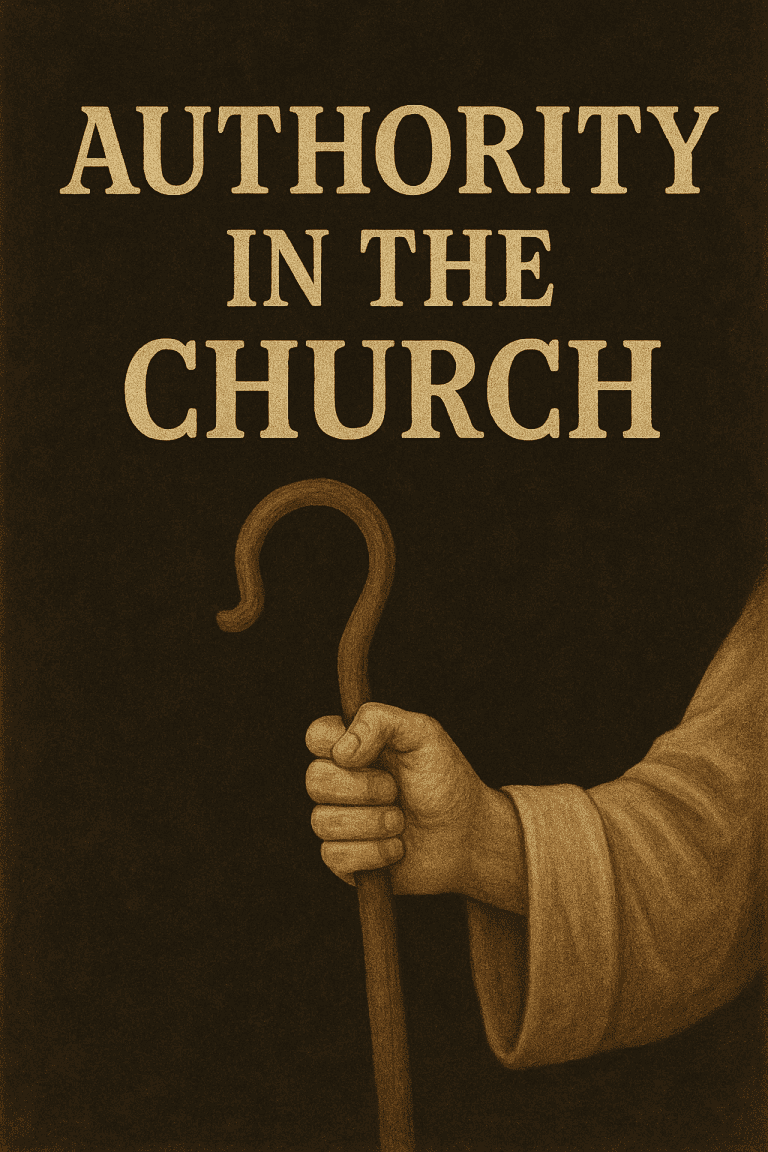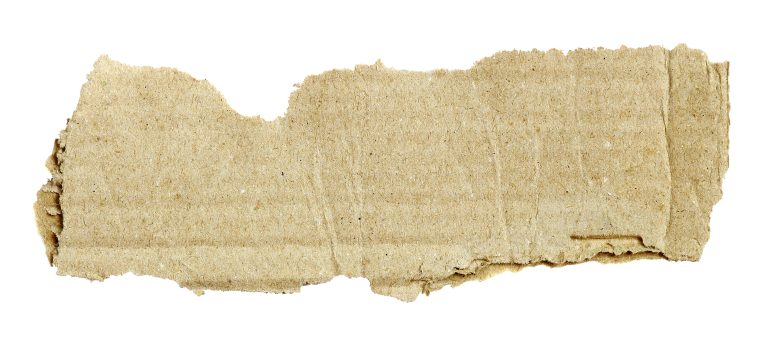Ba’al Worship in the Old Testament: What God’s People Were Really Up Against
Ba’al worship in the Old Testament wasn’t a passing trend. It was a spiritual cancer. A rival religion so deeply embedded in the surrounding culture that Israel didn’t just flirt with it—they fell headlong into it. And over and over again, God’s people forgot the covenant, ignored the warnings, and bowed to a god who promised rain, power, and pleasure—but delivered judgment and death.

To understand the Old Testament story, you can’t ignore Ba’al. You have to see what Israel was really up against. This wasn’t just about golden calves or pagan altars. It was about a war for the heart—and the stakes were eternal.
Who Was Ba’al? More Than a False Name
To grasp what made Ba’al worship in the Old Testament so dangerous, we need to ask the question: who was Ba’al?
The name “Ba’al” means “lord” or “master,” and it was used for multiple deities across the ancient Near East. But the Ba’al that Israel constantly battled was the storm god of the Canaanites. He was believed to control rain, fertility, and agricultural success. In a region dependent on seasonal rainfall for survival, Ba’al wasn’t just an idol—he was an insurance policy. If Yahweh seemed distant, Ba’al was the backup.
But this “backup god” came with a high price. Ba’al worship involved sexual rituals with temple prostitutes, drunken festivals, and even child sacrifice. What looked like a local religion was, in fact, a total rejection of the living God. And Israel didn’t just stumble into it—they chose it.
When Did Ba’al Worship Begin in Israel?
It didn’t take long.
As early as the period of the Judges, we read:
“The people of Israel did what was evil in the sight of the LORD. They forgot the LORD their God and served the Baals and the Asheroth” (Judg. 3:7).
God had commanded Israel to drive out the nations and destroy their altars (Deut. 12:3). Instead, they adopted them. What should have been eradicated was instead embraced. Ba’al worship in the Old Testament gained traction because Israel wanted the blessings of God with the methods of the world.
By the time of Elijah, it wasn’t just the people who were compromised—it was the leadership. King Ahab, under the influence of his wife Jezebel, built a temple for Ba’al in Samaria and installed hundreds of Ba’al priests (1 Kings 16:31–33). National idolatry had become official policy.
Why Did Ba’al Worship Have Such a Grip on Israel?
Because it catered to the flesh.
Unlike the worship of Yahweh—which required humility, obedience, and faith—Ba’al worship offered immediate results and sensual satisfaction. Rain for your crops. Sex for your appetite. A god who could be manipulated, not feared. In a world of hardship and enemies, Ba’al felt useful.
This is why Ba’al worship in the Old Testament kept reappearing. Even after revivals. Even after judgment. It had cultural momentum, religious appeal, and personal convenience. But most of all, it was demonic (1 Cor. 10:20). Behind the carved images and sacred poles stood real spiritual darkness—an enemy that hates God’s glory and targets God’s people.
God’s Response: Jealousy, Judgment, and Mercy
The Lord was not passive about Israel’s idolatry. He called it harlotry (Hos. 1:2). He called it evil (2 Kings 17:15). And He responded with discipline.
The drought during Elijah’s time wasn’t random—it was aimed directly at Ba’al’s so-called power over rain. God shut the skies for three and a half years to prove a point: Ba’al had no control. Yahweh alone brings the rain.
And on Mount Carmel, God staged a showdown.
“If the LORD is God, follow him; but if Ba’al, then follow him” (1 Kings 18:21).
The prophets of Ba’al shouted, danced, and cut themselves—no fire. No answer. Then Elijah prayed once, and fire fell from heaven. Ba’al was exposed. Yahweh was vindicated. And the people fell on their faces and declared, “The LORD, he is God!”
That’s what Ba’al worship in the Old Testament was really up against: a God who doesn’t share His glory, who answers by fire, and who calls His people to forsake idols and return to Him.
The Prophets: Calling Israel Back from Ba’al
The major and minor prophets confronted Ba’al worship head-on. Hosea compared Israel’s idolatry to adultery and warned of devastating judgment—but also promised restoration. Jeremiah wept over a people who burned their children to Ba’al yet claimed to know the Lord (Jer. 19:5). Ezekiel exposed the secret idol worship in the temple itself (Ezek. 8).
Again and again, the message was clear:
“You shall have no other gods before Me” (Ex. 20:3).
Not Ba’al. Not Asherah. Not Molech. No exceptions.
But even in judgment, God extended mercy. He promised a day when His people would no longer call Him “my Ba’al” (Hos. 2:16), but “my Husband.” Ba’al worship in the Old Testament may have brought shame and ruin—but it could not exhaust God’s covenant love.
A Warning That Still Applies

Ba’al is gone. His altars are ruins. His temples are dust. But his appeal remains.
Because Ba’al worship in the Old Testament wasn’t just about statues or rain rituals—it was about domination through perversion. It was spiritual darkness masked as religion. And it preyed on the most vulnerable.
Worship of Ba’al and Asherah involved cult prostitution, both male and female (1 Kings 14:24; 2 Kings 23:7). These were not consenting adults. They were often boys and girls, either born into the system or sold into it. The Hebrew word qadesh—used in Deuteronomy and Kings—refers to male cult prostitutes, many of them young. The sexual acts were public, ritualized, and depraved—designed to arouse the gods and invoke blessing through symbolic fertility.
And if a child was conceived through these acts? Often that child would be sacrificed—burned alive on the altars of Molech and Ba’al. Some scholars even believe sexual abuse and ritual killing were linked, with infants born for the purpose of being given to the fire.
This was Ba’al worship in the Old Testament. And it was evil.
But it didn’t die with Jezebel.
It just learned how to rebrand.
Modern Echoes of Ancient Evil
We still live in a culture that sacrifices children. We still call evil good. We still hide perversion behind power and pretend it’s freedom.
And this isn’t just a Western problem—it’s a global one, and it always has been.
The Aztecs of ancient Mexico, like the Canaanites before them, believed that killing children would secure blessing from the gods. Thousands were sacrificed—many to the rain god Tlaloc—often after cruel rituals that sought to provoke tears as a good omen for rain. Historical records and archaeological sites confirm the mass graves. These were not isolated events. They were state-sanctioned, religiously celebrated, and horrifyingly systematic.
Ba’al worship lives on:
- In the porn industry that profits from the abuse of minors.
- In governments and power structures that cover up child trafficking.
- In a world that mutilates children’s bodies and calls it progress.
- In churches that minimize sexual sin instead of naming it.
- In pulpits that promise prosperity in exchange for loyalty, not repentance.
We are not bowing to carved images—but we are bowing.
To power. To sensuality. To convenience.
We are still chasing blessing apart from obedience.
We are still giving up the next generation to feed the appetites of the current one.
But God Still Sees—and Still Speaks
“There were also male cult prostitutes in the land. They did according to all the abominations of the nations…” (1 Kings 14:24)
God didn’t tolerate it then. He won’t tolerate it now.
He still says, “You shall be holy, for I am holy.”
He still answers by fire.
And He still calls His people to tear down the altars—physical, digital, systemic—and follow Him with all their heart.
Because Ba’al has fallen, but the fight is not over.
And the judgment of God will not spare a culture that repeats the crimes of Canaan.
Conclusion: Ba’al Has Fallen—But the Fight Is Not Over
Ba’al worship in the Old Testament wasn’t just a threat to ancient Israel—it was a direct challenge to the holiness of God and the hearts of His people. It exposed the human desire to trade obedience for outcomes, to reshape worship into something self-serving, sensual, and safe.
And that desire still lives.
Today, Ba’al’s name is gone—but his influence is not. The same demonic forces that lured Israel now bait the world with new disguises. The same appetite for power, pleasure, and control still demands the same price: the souls of men and the blood of children.
But there is hope.
Because while idols crumble and empires fall, the Lord remains. He is still holy. Still jealous for His glory. Still merciful to those who repent. He is the God who answers by fire—and who sent His own Son to bear the fire of judgment so that sinners might be saved.
So tear down the altars.
Reject the lies.
And worship the One true God with a heart that is undivided.
“Little children, keep yourselves from idols” (1 John 5:21).
Because the war never ended. It just changed names.
Want to know more about the grace of God in His sovereignty over salvation?
Check out this free reference.
Walt Roderick is a Christian writer who cares more about biblical clarity than online applause. He writes to strengthen believers and confront spiritual drift.






